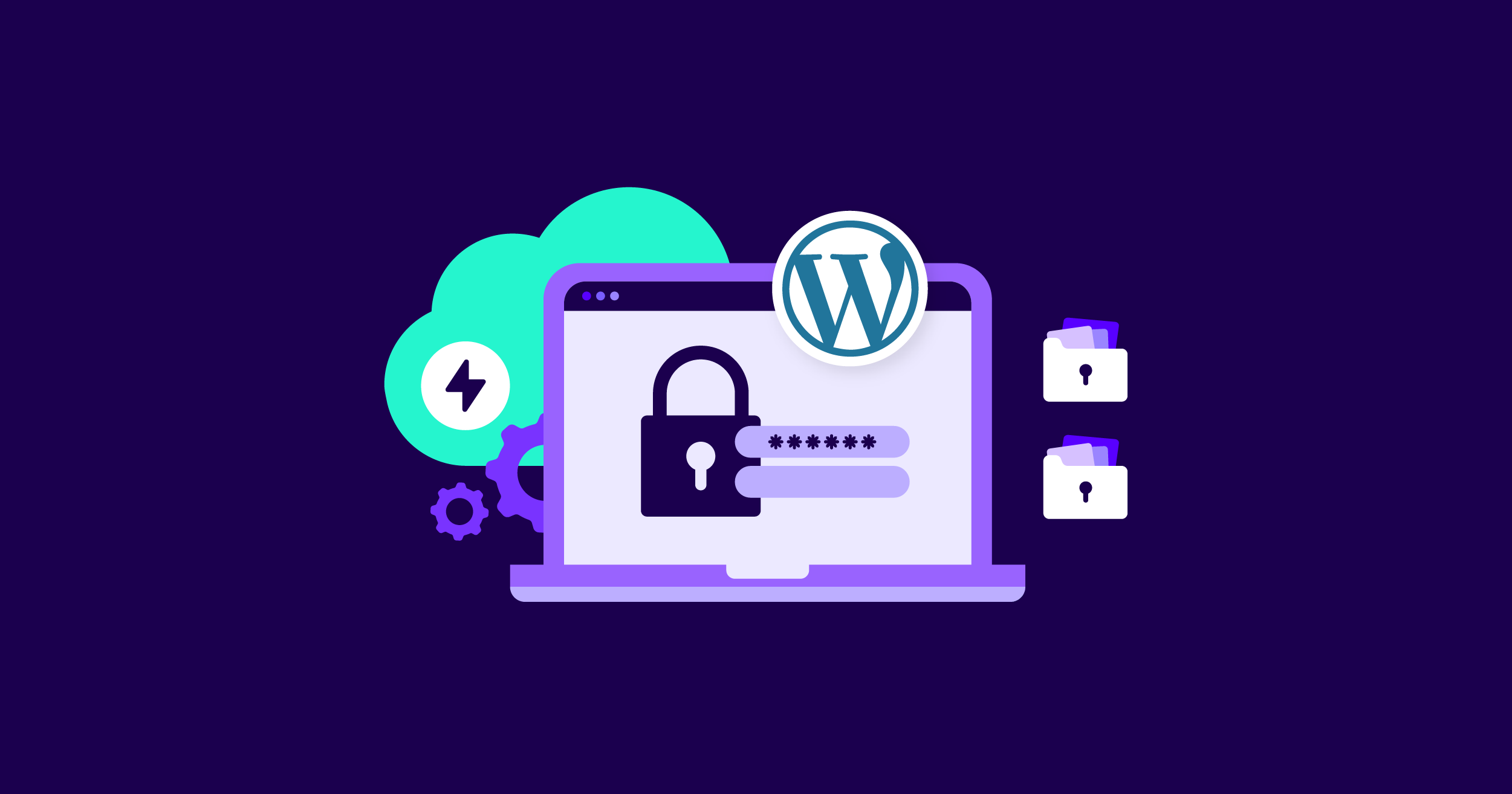WordPress security guide involves compiling best practices, tools, and strategies to safeguard WordPress websites from common vulnerabilities and threats. The recommendations below are designed to provide a comprehensive security framework for WordPress site owners and administrators. Implementing these measures can significantly reduce the risk of security breaches and enhance the integrity and reliability of your WordPress site.
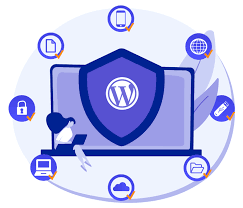
Table of Contents
Keep WordPress Core, Themes, and Plugins Updated:
Regularly update your WordPress core, themes, and plugins to the latest versions. Developers frequently release updates to address security vulnerabilities.

Use Strong and Unique Passwords:
Create complex passwords for your WordPress admin, database, and hosting accounts. Avoid using default usernames like “admin” and consider using a password manager to generate and store strong, unique passwords.
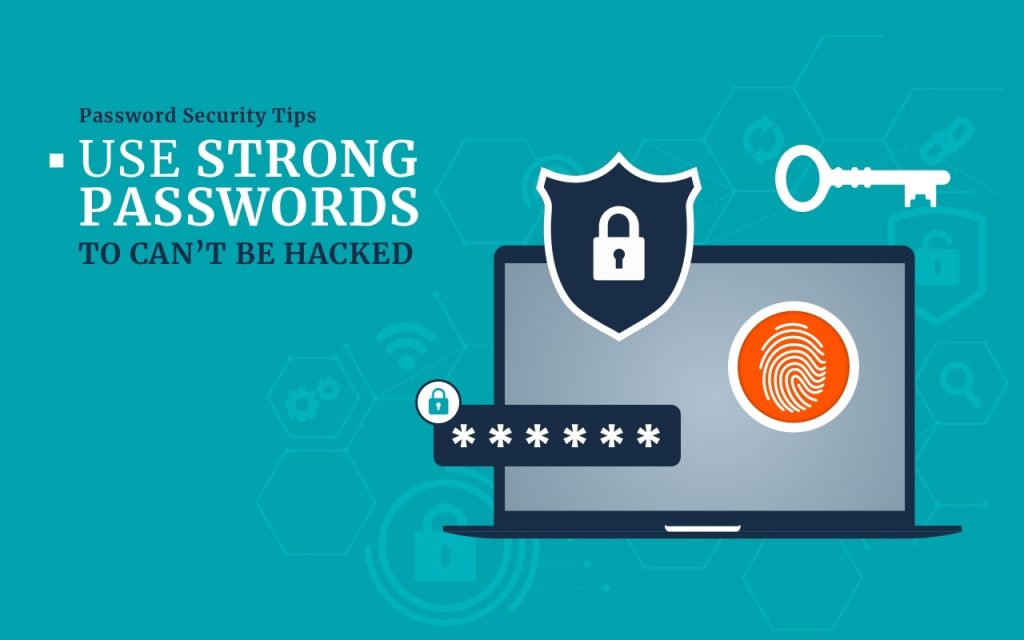
Enable Two-Factor Authentication (2FA):
Implementing 2FA adds an extra layer of WordPress Security by requiring users to provide a second verification step, such as a code sent to their mobile device, in addition to their password.
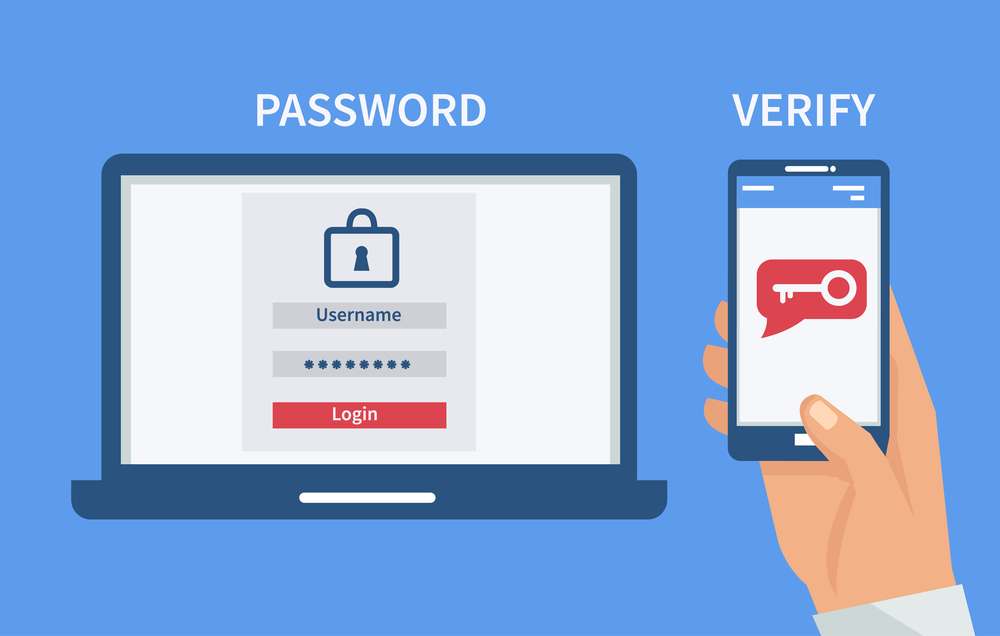
Secure the Login Page:
- Change the default login URL to deter automated attacks.
- Limit login attempts to prevent brute force attacks using plugins like Limit Login Attempts Reloaded or Login LockDown.
- Consider using a CAPTCHA or reCAPTCHA to protect against automated login attempts.
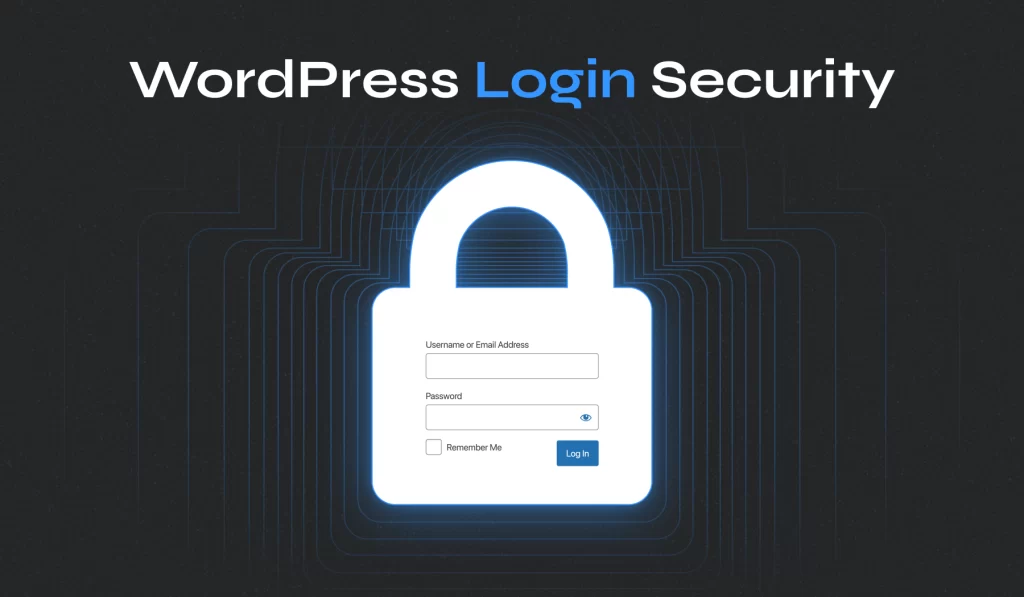
Regular Backups for :
Perform regular backups of your website, including databases and files. Use reliable backup plugins and store backups in a secure location. This ensures you can quickly restore your site if it’s compromised.
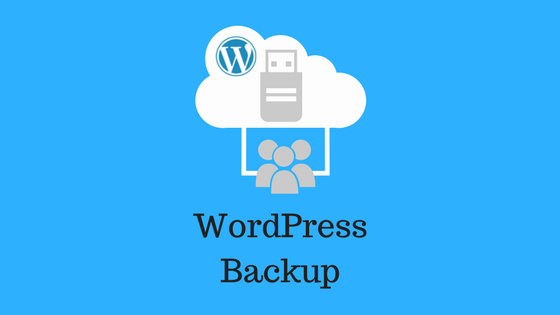
Install a Security Plugin:
Choose a reputable security plugin to enhance your website’s security. Popular options include Wordfence, Sucuri Security, and iThemes Security. These plugins provide features like firewall protection, malware scanning, and login attempt monitoring.
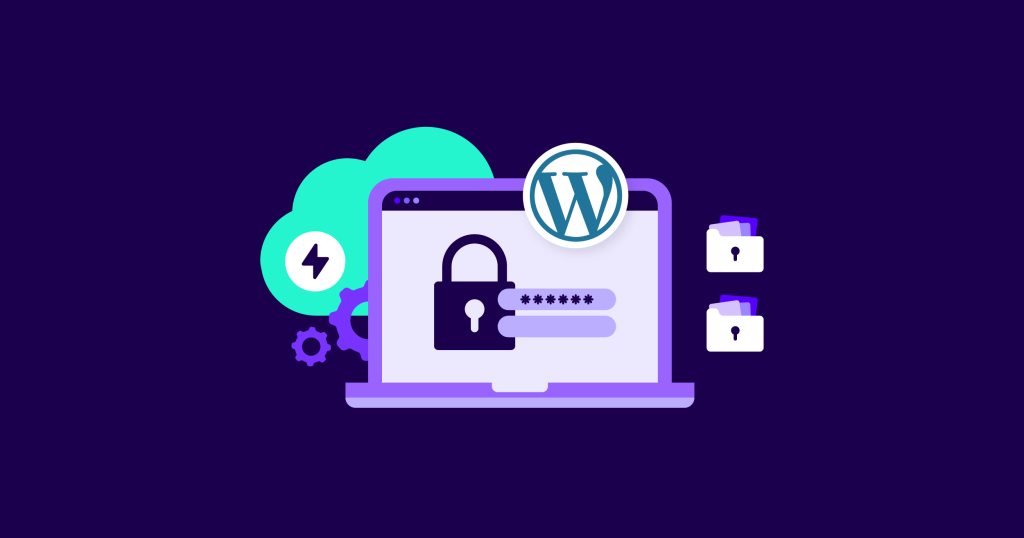
Implement SSL Encryption:
Use SSL (Secure Socket Layer) or TLS (Transport Layer Security) to encrypt data transmitted between the server and users. This not only secures data but also improves your website’s SEO.
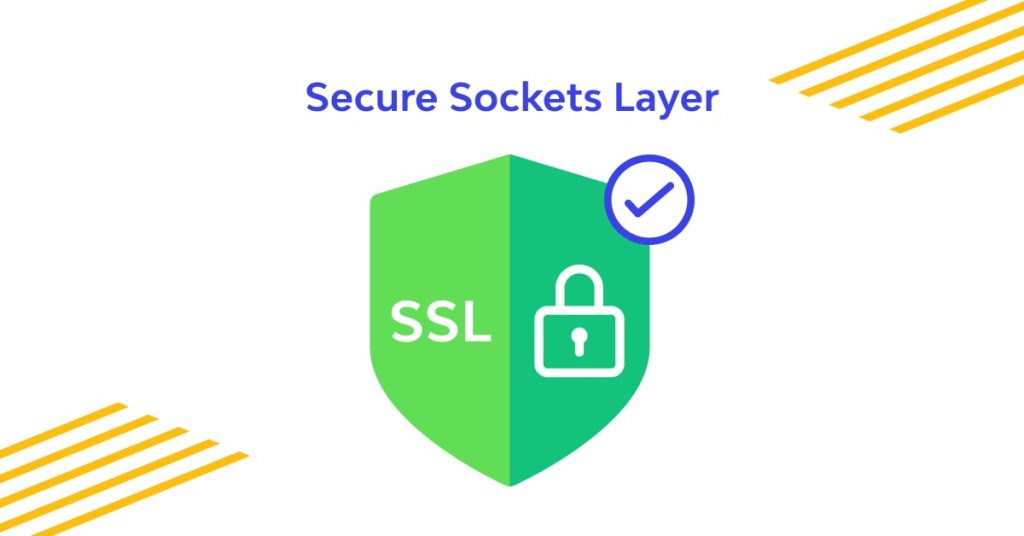
Regular Security Audits:
Conduct regular security audits to identify vulnerabilities. Scan your website for malware, check file integrity, and review user accounts. WordPress Security plugins can automate some of these tasks.
Disable XML-RPC:
XML-RPC can be a target for DDoS attacks. If you don’t need it, consider disabling XML-RPC functionality or use a security plugin to restrict its access.
Secure File Permissions:
Set appropriate file and directory permissions to limit access. For example, directories should generally have permissions of 755, and files should have permissions of 644.
Protect Against SQL Injection and Cross-Site Scripting (XSS):
Sanitize user input, use parameterized queries, and validate and escape data to prevent SQL injection and XSS attacks.
Monitor User Activity:
Keep an eye on user activity logs to detect suspicious behavior. WordPress Security plugins often provide activity monitoring features.
Web Hosting Security:
Choose a reputable and secure hosting provider. Ensure the server software is up-to-date, and employ server-side WordPress Security measures.
Regularly Review and Remove Unused Plugins and Themes:
Unused plugins and themes can become security risks. Remove any that you’re not actively using.
Educate Users for WordPress Security:
Train your team and users about WordPress Security best practices. This includes recognizing phishing attempts, using secure passwords, and being cautious with file uploads.
WordPress Hardening:
Implement additional hardening measures like disabling the theme and plugin editor, removing the WordPress version number from the source code, and securing wp-config.php.
Stay Informed:
Stay updated on the latest WordPress Security threats and best practices. Subscribe to WordPress Security blogs, forums, and mailing lists to stay informed about potential vulnerabilities and patches.

